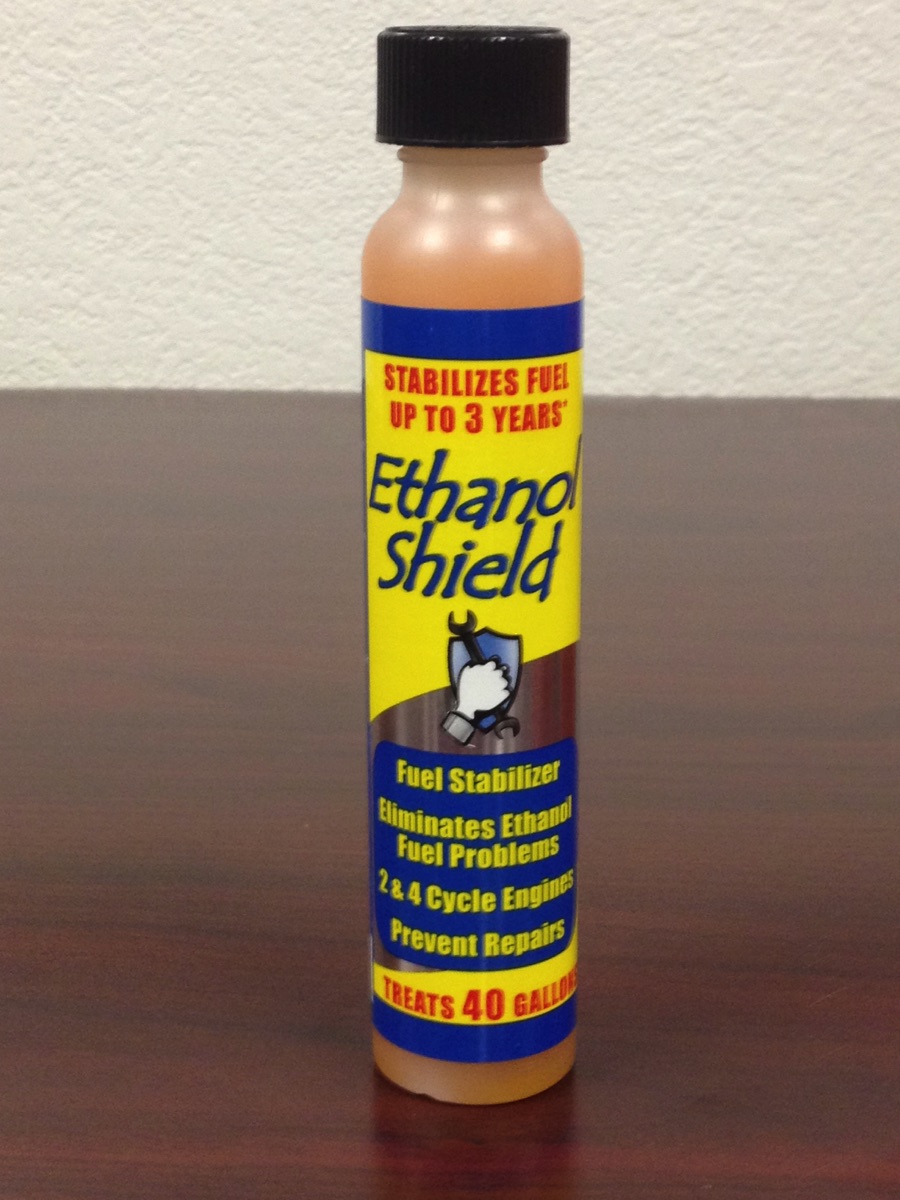
How To Avoid Ethanol Fuel Problems In 2 Cycle Engines
April 22, 2015
When left untreated, the ethanol blended into most gas can damage 2 cycle engines. In this FAQ, Toley McGettigan, Horizon's National Sales Manager for Power Equipment, describes the problems ethanol causes over time and offers a simple solution that can keep the engine in your 2 cycle power equipment running properly.
Avoiding Ethanol Fuel Issues In 2 Cycle Engines - Video Summary
One of the biggest threats to the long-term performance of a 2 cycle engine is ethanol, which is blended into most fuels. Many 2 cycle products are on the edge of not being able to function with anything over E10 (10% ethanol, 90% gas), and E15 fuels (15% ethanol, 85% gas) are becoming more common.
The problem with ethanol is that it attracts water and forms water bubbles in the fuel. Engines can have trouble passing water, which keeps the engine from running properly and affects power. Water can also make the rubber pieces inside in the engine brittle.
 To keep your engine safe, it's important to use:
To keep your engine safe, it's important to use:
1. A high octane fuel with as low of an ethanol rating as possible.
2. A product like Ethanol Shield, which stabilizes the fuel and bonds to the water, absorbing it back into the fuel.
Ethanol Shield Usage Instructions - Lawn & Garden (2 & 4 cycle):
1. Use in every tank fill-up.
2. Pour 1 oz. per 2.5 gallons of fuel in fuel tank or storage container.
